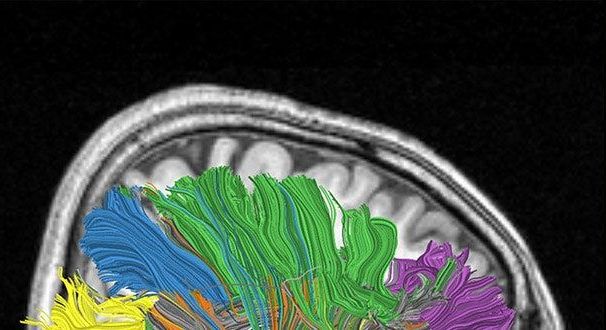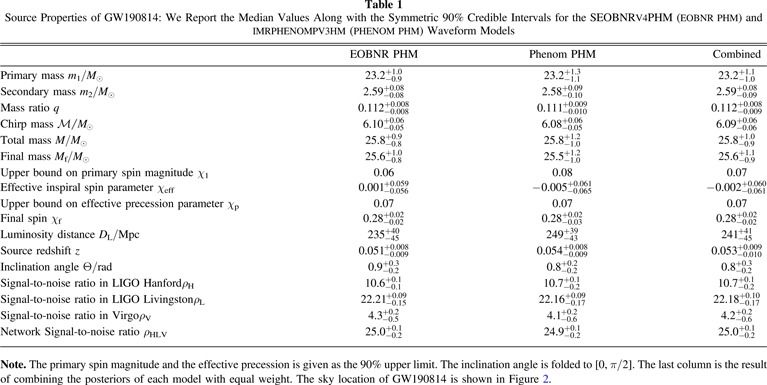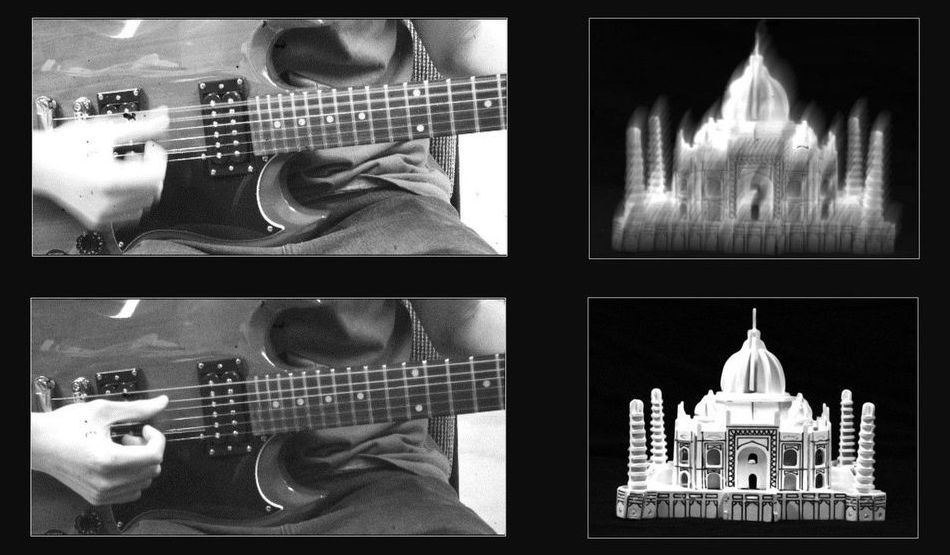Jun 24, 2020
Reverse-Engineering of Human Brain Likely by 2030, Expert Predicts
Posted by Quinn Sena in categories: Ray Kurzweil, robotics/AI, singularity
Circa 2010
Updated at 18:30 EST to correct timeline of prediction to 2030 from 2020 Reverse-engineering the human brain so we can simulate it using computers may be just two decades away, says Ray Kurzweil, artificial intelligence expert and author of the best-selling book The Singularity is Near. It would be the first step toward creating machines \[…\].


















